The continent of Antarctica in the south polar region of Earth
Click on image for a larger and more detailed map.
NASA
Antarctica
Antarctica is the coldest, windiest, and driest continent on Earth. It is about one and a half times the size of the United States. Almost all of Antarctica is covered with a thick layer of ice called an ice sheet. Giant shelves of ice also cover the seas. The little bits of land that are not covered by ice are very rocky. In several places, deep under the ice sheet, there are lakes.
Temperatures can be very low. East Antarctica is colder than West Antarctica because it has a higher elevation. The Antarctic Peninsula has the warmest climate on the continent. But even there, the warm temperatures are still usually below freezing.
The tallest mountain of the continent of Antarctica is called Vinson Massif. It is 4897 meters (16,050 feet) above sea level. Several of the other mountains in Antarctica are volcanoes.
Antarctica is a shared place for scientific research. An agreement signed by 45 countries describes how it is to be shared. This is called the Antarctic Treaty. It was first signed on December 1, 1959.
Last modified January 3, 2007 by Lisa Gardiner.
You might also be interested in:
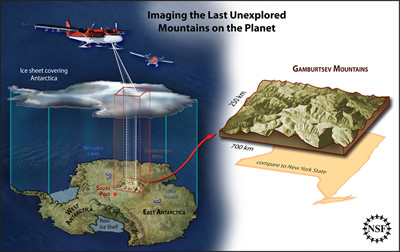
A team of international scientists has completed an survey of part of the East Antarctic Ice Sheet. The survey was done by the Antarctica Gamburstev Province (AGAP) project, and their goal was to learn
...more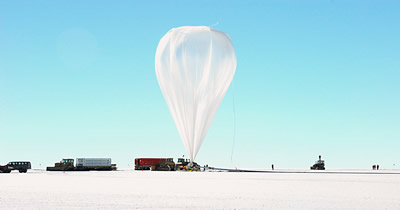
Scientists have created a smaller version of a special balloon that will circulate in the atmosphere above Antarctica to collect scientific information. They tested the small balloon this December and
...more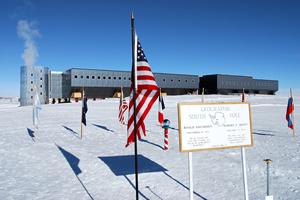
The United States has dedicated a new scientific station at the geographic South Pole. This is the third station the United States has operated at the South Pole since 1957. The new station is called the
...more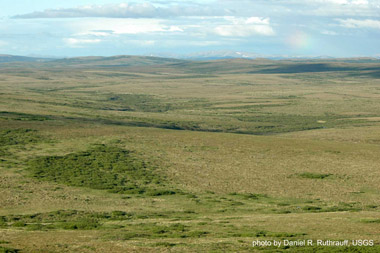
It is not easy to survive in the very cold places of the world. The soil is frozen and no trees can grow. This place is called tundra. Plants and animals that are adapted for cold do live there. Most
...more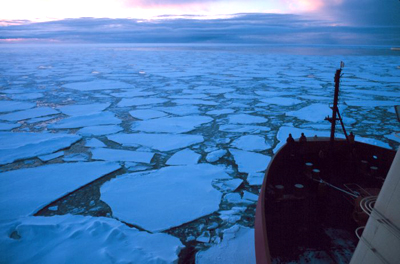
The Southern Ocean is sometimes known as the Antarctic Ocean or South Polar Ocean. It surrounds Antarctica in the South Polar Region. The Southern Ocean is a bit different from other oceans. Other oceans
...more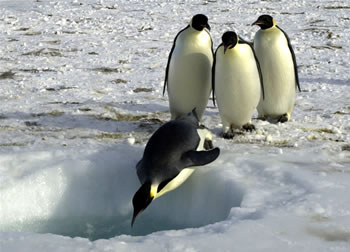
All sorts of living things call Earth’s polar regions home – from tiny lichens of the Arctic tundra to huge blue whales swimming through the frigid waters of the Southern Ocean. Some animals are live near
...more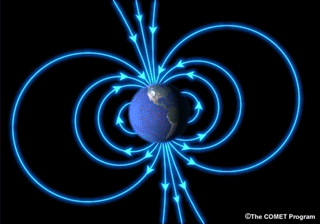
Earth has a magnetic field. If you imagine a gigantic bar magnet inside of Earth, you'll have a pretty good idea what Earth's magnetic field is shaped like. Of course, Earth DOESN'T have a giant bar magnet
...more















